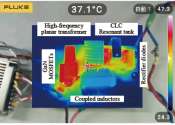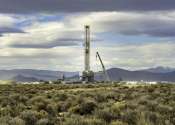Drawing inspiration from plants: A metal–air paper battery for wearable devices
For more than two millennia, paper has been a staple of human civilization. But these days, the use of paper is not limited to writing. It is also playing a pivotal role in ushering in a greener future.
Apr 3, 2024
0
35









